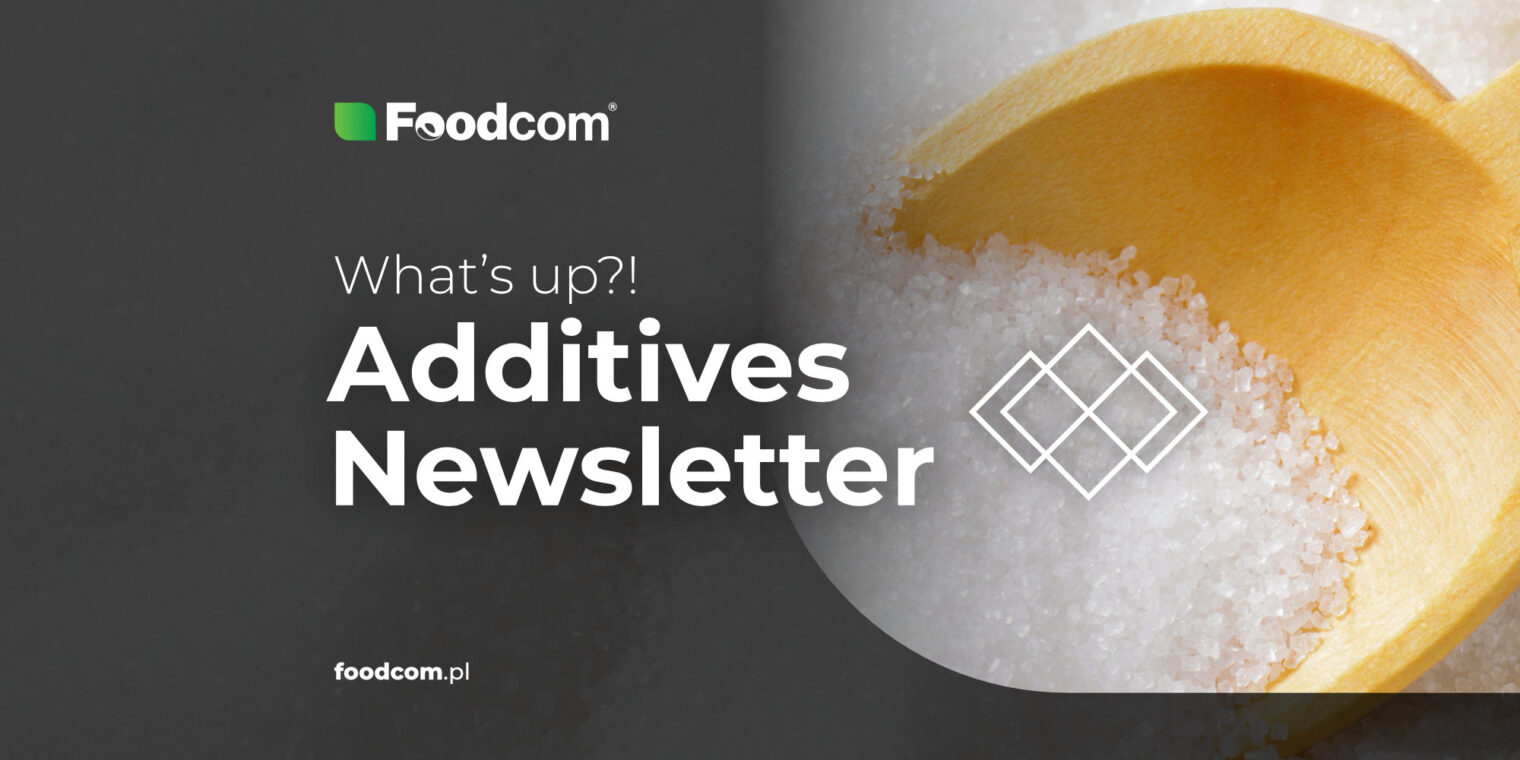Sintesi
Indice
Europe
British agriculture faces another (major) challenge
Net migration in the UK has reached a record 606 600 in 2022, leading many to consider a possible reduction in immigration. Farmers have no doubt that potential regulations will affect their business, as agricultural production in the UK currently relies mainly on migrant labor. Since Brexit, the number of migrant workers has dropped significantly, adding to the pressure on the agricultural sector, which is already struggling with rising energy and fertilizer costs.
Russia’s Uralchem is looking for new ways to export ammonia
Russia’s largest producer of potash and ammonium nitrate has decided to build a specialized ammonia terminal, the first phase of which is to be completed on the Taman Peninsula in southern Russia by the end of 2023. In the first phase, the Taman terminal will be able to handle 1.5 million tons of ammonia per year, and by the end of 2025. 3.5 million tons of ammonia and 1.5 million tons of urea. The new terminal is to become a replacement for the Odessa pipeline, which remains unused for well-known reasons.
Work on Ireland’s fertilizer database drags on
The Irish Department of Agriculture, Food and the Marine has said that work on the fertilizer database is ongoing. The new tool, which should have been operational since January, will track farmers’ stocks, purchases and uses of fertilizer. Professional end-users of fertilizer will upload inventory data at the beginning of the year and enter year-end inventory data to track total fertilizer use during the calendar year. Most likely, the delays in implementing the tool are due to data processing issues.
The Americas
A carbon-free fertilizer plant will be built in the United States
Técnicas Reunidas and Atlas Agro have joined forces to build Pacific Green Fertilizer, a carbon-free fertilizer plant. It is to be built in Richland in Washington state, USA. Using state-of-the-art proprietary technology, it will be one of the world’s first carbon-free nitrogen plants, using only air, water and carbon-free electricity as raw materials. It is said to be the first of many plants Atlas Agro plans to build.
Canadian fertilizer giant considers cutting production
Nutrien, one of the world’s largest fertilizer producers, may slow the growth of potash fertilizer production. The reasons are declining sales and product prices. The impact of the possible changes is difficult to estimate, but it will certainly affect the agricultural industry, as potash fertilizer is one of the most important ingredients for plant growth.
Direct Enterprises is proposing a new solution to the health of America’s soil
Called Reclaim, the new biological technology is designed to improve soil health, help decompose crop residues and optimize nutrient release time. As Reclaim’s developers claim (you see what we did here?), the technology features a customized formula that contains the highest concentration of key microorganisms specifically selected to break down crop residues quickly and efficiently, which is expected to result in higher yields and healthier crops.
Asia & Oceania
India will reduce pollution from the aviation industry
India recently announced that the country’s airlines must use 1% sustainable aviation fuel (SAF) by 2025 to reduce emissions from the sector. Using 1% SAF is expected to mean using about 140 million liters of biofuel. Government officials say that when larger quantities of biofuels become available, regulations of 4-5% instead of 1% will follow.
New Zealand farmers face the highest inflation in 40 years
The latest figures indicate that agricultural inflation rose to 16.3% in the year to March 2023, more than double consumer price inflation of 6.7%. The previous 40-year record was set in 2022 at 10.2%. The largest increases were in loan interest, feed, pasture, fertilizer, lime, and seed. This is definitely not the kind of record anyone is waiting for…
China has increased its exports to North Korea
According to the latest data, Chinese exports to North Korea increased by 69% year-on-year in April, reaching $166 million. Major exports included diammonium hydrogen phosphate, a widely used fertilizer, and… processed hair and wool used to make wigs. Rice was also exported in large quantities, no doubt related to North Korea’s food security problems.
Categorie







